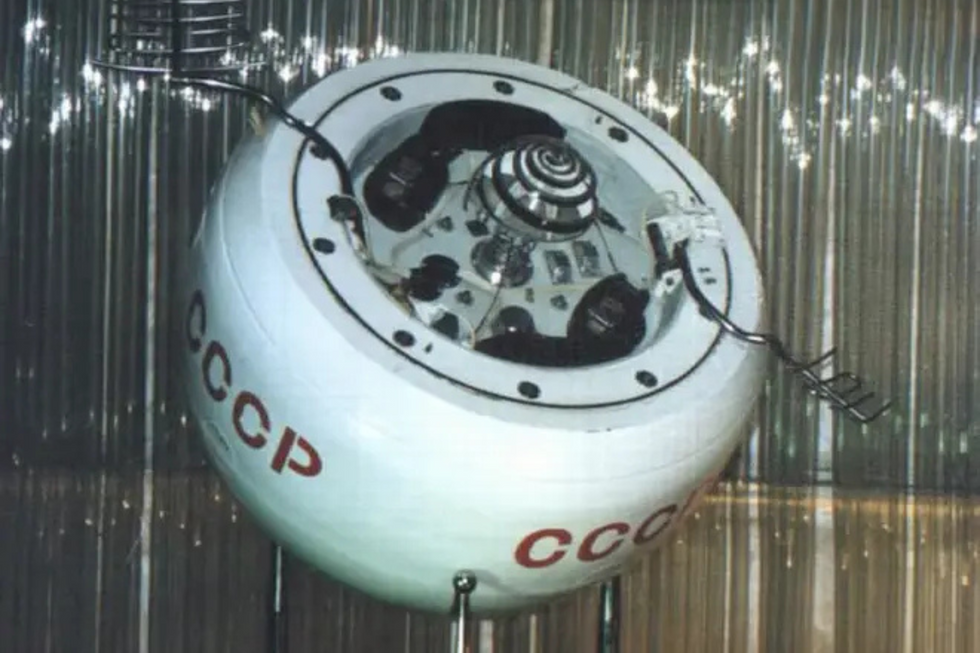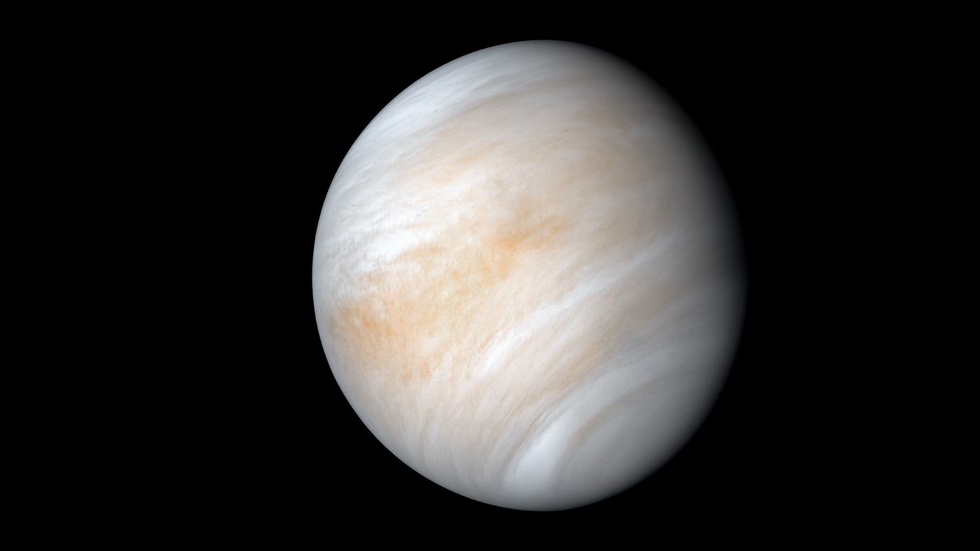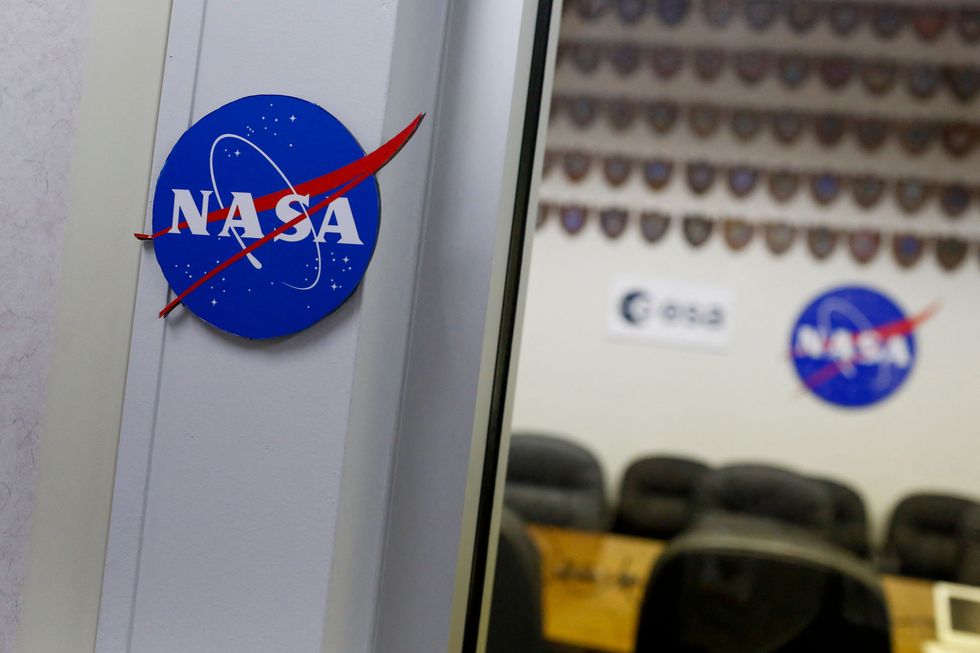WATCH: Andy Lound says man could land on Mars before the end of the decade
GB NEWS
Two pieces of the Russian ship have already slammed into New Zealand - and the UK could be next
Don't Miss
Most Read
Trending on GB News
A Cold War-era Soviet spacecraft is set to crash back to Earth next month - and could land in Britain.
Kosmos 482, which has been orbiting Earth since a failed mission to Venus in 1972, is predicted to strike our planet on May 10.
According to Marco Langbroek, a satellite tracker from the Netherlands, the spacecraft will hit at a staggering speed of 17,000mph as it hurtles down towards the ground.
The defunct Venus probe has been circling lifelessly above us for over five decades.

The spacecraft is set to hit at a staggering speed of 17,000mph as it hurtles down towards the ground
NASA
But video footage from October 2020 showed the out-of-control craft hurtling through the night sky, heading for our planet.
The spacecraft is expected to fall anywhere between latitude 52 degrees north and 52 degrees south.
As a result, as well as the UK, other areas at risk include Australia, South America, and Africa, as well as parts of Europe, North America and Asia - almost the whole planet.
Fortunately, however, experts believe the spacecraft will most likely land in the ocean.
Langbroek warned that although the Venus probe was originally built with a parachute, it would be unlikely to still function after decades in space.
RUSSIANS IN SPACE - READ MORE:

The craft has been orbiting Earth since a failed mission to Venus in 1972
NASA
"With a mass of just under 500 kg and 1-metre size, the risks are similar to that of a meteorite impact," he said.
Kosmos 482 was launched by the Soviet Union on March 31, 1972, as part of a mission to Venus.
The craft successfully reached Earth's "parking orbit", but Soviet scientists failed to launch the probe into its Venusian trajectory.
It then broke into four pieces, two of which fell onto New Zealand within two days of the failed launch.
In total, four titanium alloy balls weighing around 30lbs fell near Ashburton, New Zealand on April 3, 1972.
A Nasa report at the time explained: "The Blok L escape stage's main engine prematurely cut off after only 125 seconds of firing due to a failure in the onboard timer."
LATEST SPACE UPDATES FROM GB NEWS:

A Nasa report at the time explained how part of the craft's 'main engine prematurely cut off'
GETTYThe debris scorched holes in crops and left deep indentations, though no one was hurt.
According to international space law, the space debris should have been returned to the Soviet Union.
But Soviet officials denied knowledge of the junk's origins, so the farmer who owned the land where the balls fell kept them instead.
Two other pieces from Kosmos 482 went into a higher orbit and are now expected to fall next month.








